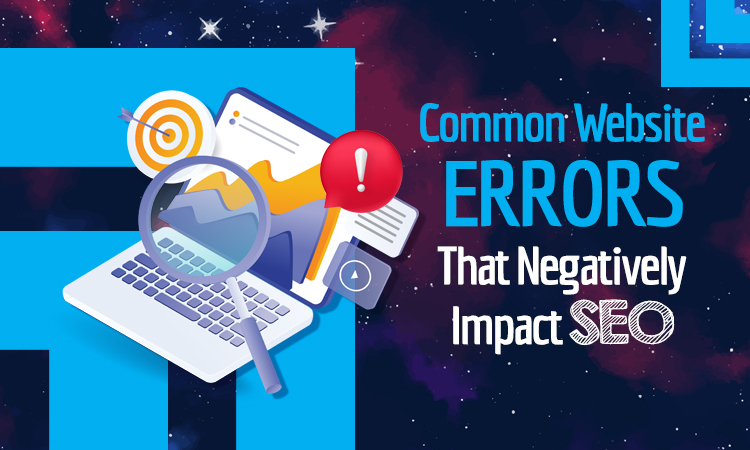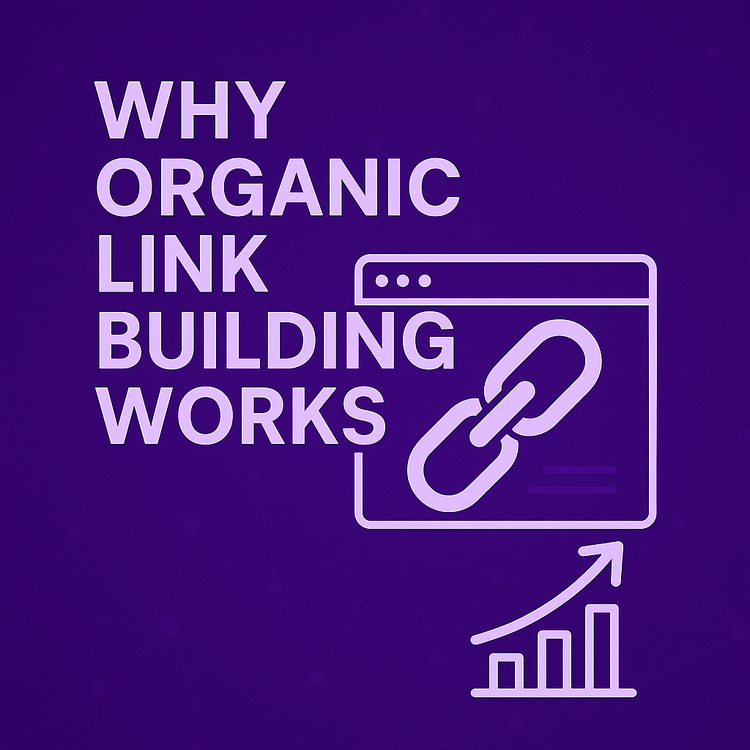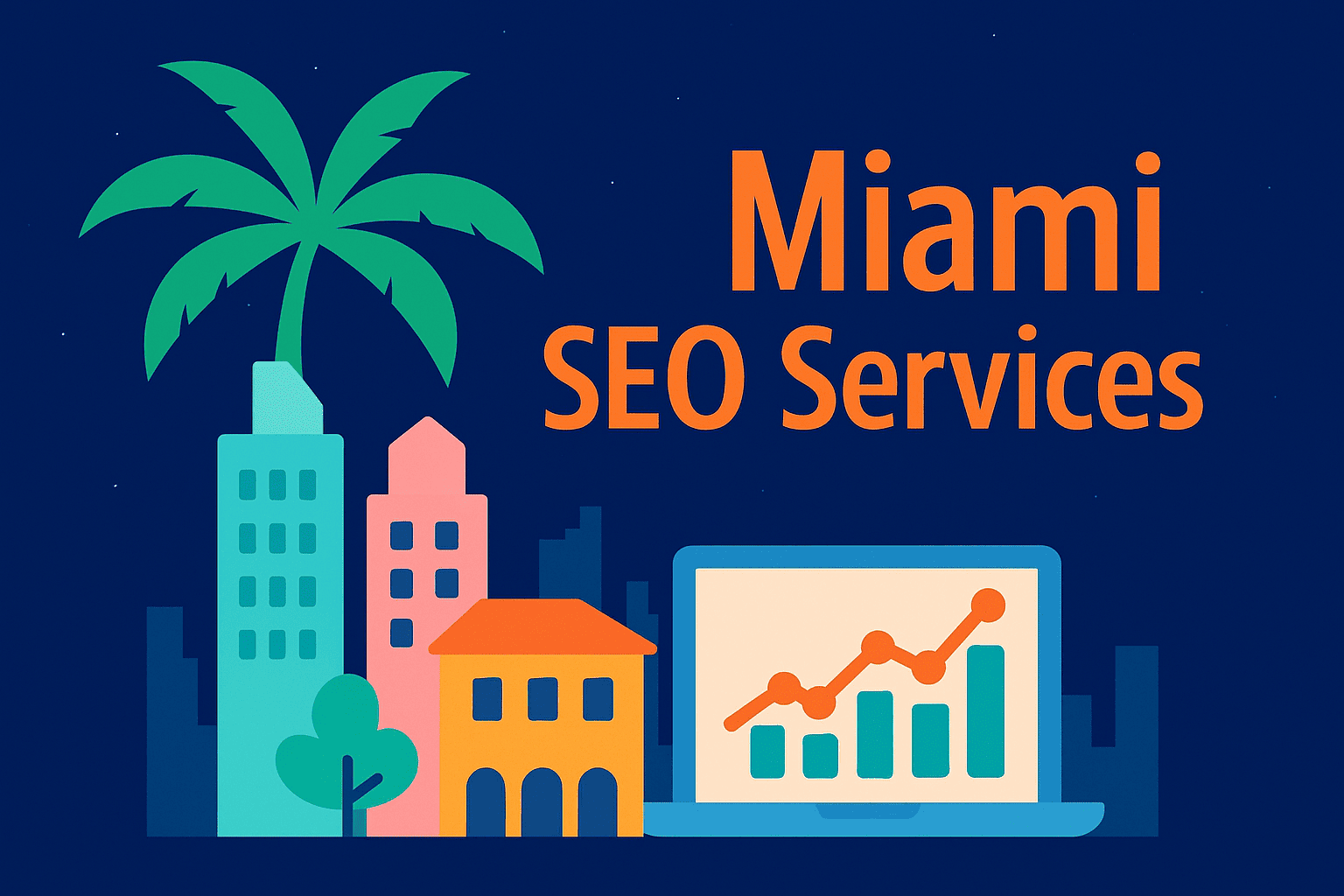Website errors are not only annoying for users but also have a significant effect on your SEO.
Be it an enigmatic 404 ‘Page Not Found’ or an intimidating 500 ‘Server Error,’ every error can disturb a visitor’s experience and hurt your visibility on Google.
Comprehending these typical website mistakes and knowing how to correct them quickly is very important to ensure your site functions well and remains robust in terms of SEO.
Common website errors, such as broken links, hosting provider issues, HTTPS errors, and missing web pages, can negatively impact user experience and your ability to rank in Google. Conduct regular SEO audits or hire an SEO audit agency to ensure your site achieves peak performance.
Understanding HTTP Status Codes
HTTP error status codes communicate the state of a user’s request. They show whether a request was successful, encountered an error, or something in between.
These numbers are divided into five groups, each representing a particular kind of response:
1. 1xx (Informational)
Such an error code shows that the response is tentative, meaning the request is still undergoing processing.
2. 2xx (Successful)
This range shows that the user’s request has been received, understood, and accepted.
3. 3xx (Redirection)
These codes tell the web browsers that more actions are required to finish the request, frequently leading to a redirection towards another URL.
4. 4xx (Client Error)
In this situation, the issue is with the user’s request, like a’ 404 Not Found’ error, which means that a specific page cannot be found on the web server as the user requested.
5. 5xx (Server Error)
These show problems with the web server, which prevent it from completing a seemingly correct user request.
This code knowledge is essential for webmasters because it helps them understand what has gone wrong and how to fix issues quickly.
Common HTTP Codes and Their SEO Impact
Knowing about the most common HTTP errors can assist in reducing their effect on your SEO as a website owner.
Here is a summary of common website errors, how they affect SEO, and some general advice for resolving them:
301 Moved Permanently
- Explanation: A 301 redirect is a permanent redirection from one URL to another. This server response informs users and search engines that a webpage has permanently moved to a new location.
- SEO Effect: 301 redirects are expected to help users and bots find a new webpage address. However, too many redirections might make site loading slow and link value less effective.
- Solution: Plan your site’s URL structure carefully to avoid the need for too many redirects. Check if all redirects are necessary, and make sure they point directly to the new URL without chaining multiple ones.
302 Found (Temporary Redirect)
- Explanation: A 302 redirect indicates a temporary redirection from one URL to another. This server response informs users and search engines that a webpage has moved but only for a short duration, and the original URL is expected to be reinstated.
- SEO Impact: Misusing 302s and keeping a temporary redirect for too long may confuse search engines.
- Solution: Only apply 302 redirects for content that is genuinely moved temporarily. Use a 301 redirect for permanent alterations to transfer complete link equity to the fresh URL.
307 Temporary Redirect
- Explanation: The 307 Temporary Redirect status code temporarily redirects a request without changing the request method. It ensures that methods like POST are not changed to GET, which can be critical for maintaining the functionality of form submissions or data entry processes during a redirection.
- SEO Impact: This temporary redirect has a generally neutral impact on SEO. However, it’s important to use it correctly to prevent the misuse of redirection, which can confuse Google crawlers and users.
- Solution: Utilize 307 redirects only when the intention is to move a resource temporarily, and retaining the request method is essential. Ensure the redirection is temporary and update it to a permanent status if the change becomes permanent.
308 Permanent Redirect
- Explanation: Similar to a 301, the 308 Permanent Redirect status code is used when the resource permanently moves to a new URL. The difference is that 308 maintains the integrity of the original HTTP method, not allowing it to change.
- SEO Impact: Like a 301, using a 308 redirect passes most of the link equity to the new URL and should be used for permanent changes. It prevents the dilution of SEO value if the method changes, ensuring the complete preservation of link equity.
- Solution: Implement 308 redirects when you need to permanently move a resource while ensuring that the HTTP method (e.g., POST) remains unchanged. Update all relevant internal and external links to point directly to the new URL to maintain SEO integrity and user access continuity.
400 Bad Request
- Explanation: A 400 Bad Request error is a response from the server indicating that it could not understand the request due to invalid syntax. This error often occurs when there is a client-side input or request error, such as malformed request syntax, size too large, or an incorrect request message framing.
- SEO Impact: This error can prevent pages from being accessed or indexed correctly, negatively affecting your site’s SEO if URLs are consistently incorrect.
- Solution: Double-check the URL structure and request body for errors. Ensure all parameters are formatted correctly, and the submitted data aligns with the server’s expectations.
401 Unauthorized
- Explanation: A 401 Unauthorized error is a server response indicating that the request has not been applied because it lacks valid authentication credentials for the target resource. This error typically occurs when a user tries to access a protected resource without providing the correct authentication credentials or if the authentication method is not configured correctly.
- SEO Impact: Frequent 401 errors can deter user engagement and hinder search engine crawlers from accessing content, potentially affecting your site’s visibility.
- Solution: Ensure your website’s authentication mechanism is properly configured. Prompt users to re-enter their login credentials and verify server settings and authentication systems for accuracy.
403 Forbidden
- Explanation: A 403 Forbidden error is a server response indicating that the request was legal and understood by the server, but the server is refusing action. This typically occurs when the server wishes to prevent access to a specific resource, regardless of authentication status. The server recognizes the request but denies access due to permissions or security rules.
- SEO Impact: A 403 error can block users’ and bots’ access to important site content, which might result in lost traffic and decreased rankings.
- Solution: Confirm that file permissions on the server are set correctly and users have appropriate access rights to view the content.
404 Not Found
- Explanation: A 404 Not Found error occurs when the server can find no matching resource following the requested URL. This response is issued when a server cannot locate the page or file requested by a user or a search engine.
- SEO Impact: High. The frequent appearance of 404 error messages can harm the user experience and impact crawl efficiency. Google bot would then waste resources attempting to access web pages that do not exist.
- Solution: Enhance user experience and SEO by setting up 301 redirects for moved or deleted content and creating a user-friendly custom 404 page to help visitors find what they want. Regularly monitor your site using tools like Google Search Console to identify and fix broken links quickly.
405 Method Not Allowed
- Explanation: A 405 Method Now Allowed status code indicates that the HTTP method used in the request is not allowed for the resource. For example, attempting a POST request on a resource that only supports GET requests.
- SEO Impact: If not handled properly, this can lead to poor user experience and negatively impact crawl efficiency as search engine bots may be blocked from accessing content.
- Solution: Ensure your server correctly supports and communicates the allowed HTTP methods for each resource. If applicable, appropriately handle and suggest alternative methods in the response headers.
408 Request Timeout
- Explanation: A 408 Request Timeout error occurs when the server times out waiting for a request to be completed. This error is typically sent when a client takes too long to send the rest of the request, which the server was expecting. It indicates that the server is ready to handle the request, but the client failed to complete it within the expected timeframe.
- SEO Impact: Frequent timeouts can affect site reliability in the eyes of both users and search engines, potentially lowering your site’s rank.
- Solution: Optimize server performance and increase timeout settings if necessary. Address any network slowdowns and optimize resource-heavy elements.
410 Gone
- Explanation: A 410 Gone status indicates that the resource was once available but is permanently removed and will not return. It’s a more precise signal than a 404 for deleted content.
- SEO Impact: It allows crawlers to quickly understand that the content is permanently removed, helping them to clean up their indices. This can be more beneficial than a 404 for SEO as it avoids unnecessary crawl attempts in the future.
- Solution: Use 410 status for pages permanently removed from your site. It’s particularly useful for content that has been deleted with no intention of returning, helping to keep your site’s structure clean and efficient.
500 Internal Server Error
- Explanation: A 500 Internal Server error is a generic error message indicating that the server encountered an unexpected condition that prevented it from fulfilling the request. This error is a server-side issue, meaning the problem is not with the client’s request but with the server’s ability to complete it. The 500 error does not provide specific insights into what went wrong or how to fix it, making it one of the most challenging to diagnose and resolve.
- SEO Impact: This is considered a severe error because it can result in an entire web page or website becoming inaccessible, which significantly impacts the site’s reliability from an SEO perspective.
- Solution: Monitor your server’s health, look for problematic scripts, and refer to server logs to determine where the error occurs. Ensure your server software is updated and can handle sudden traffic increases.
501 Not Implemented
- Explanation: A 501 Not Implemented error indicates that the server either does not recognize the request method or cannot fulfill the request. This response is typically sent when the server does not support the functionality required to fulfill the request, such as an unrecognized request method.
- SEO Impact: If this error occurs frequently, it might indicate to Google that your site is unreliable or incomplete, affecting user experience and SEO.
- Solution: Verify that your server supports and is configured to handle the requested HTTP methods—update or patch server software as necessary to ensure compatibility.
502 Bad Gateway
- Explanation: A 502 Bad Gateway error indicates that one server on the internet received an invalid response from another server. It is typically encountered when acting as a gateway or proxy, trying to fulfill the request by forwarding it to another server, but the communication fails due to an incorrect or inadequate response from the upstream server.
- SEO Impact: If this occurs frequently, it can indicate to search engines that your site is unreliable, impacting your site’s user experience and search performance.
- Solution: Check your proxy and upstream server settings to ensure requests are handled correctly and quickly.
503 Service Unavailable
- Explanation: A 503 Service Unavailable error indicates that the server is currently unable to handle the request due to a temporary overload or scheduled maintenance. This response is temporary, signaling that the service should be restored after some delay.
- SEO Impact: Moderate to high. If your website is temporarily unavailable, it may not have an immediate negative effect on SEO. However, if the problem continues for a long time, it signals to Google that your site cannot be trusted, which can harm its ranking.
- Solution: Use the 503 status code during planned downtime and maintenance, and ensure the headers specify that the condition is temporary. Keep users informed of expected return times.
Non-Secure (Not HTTPS)
- Explanation: A Non-Secure (Not HTTPS) designation refers to websites that transmit data over HTTP rather than HTTPS. HTTP (Hypertext Transfer Protocol) does not encrypt data between the user’s browser and the server, which can expose users to potential security risks such as man-in-the-middle attacks or data eavesdropping.
- SEO Impact: Running a non-HTTPS site can make it appear unsafe to visitors, and search engines prefer secure connections, potentially affecting your rankings.
- Solution: Secure your site with a valid SSL certificate and ensure all traffic is redirected from HTTP to HTTPS. Verify that all page resources load over HTTPS to avoid mixed content issues.
Maximize Your SEO with Proactive Error Management
Maintaining optimal SEO performance demands diligent management of common website errors.
Tools like Google Search Console can provide invaluable insights into your website’s health and search engine ranking.
Here are a few tips to leverage GSC:
Monitor Error Reports
Check the Coverage report in Google Search Console regularly to identify new and persistent errors, such as 404s and web server issues.
Analyze Error Patterns
Detect and analyze trends in your error reports that may indicate deeper issues. For example, a frequent occurrence of 404 errors might suggest that a recent site update was unsuccessful, or a consistent internal server error could point to underlying hosting problems.
Prioritize Fixes
Focus on addressing errors that significantly impact your SEO. Utilize the “Validate Fix” feature in Google Search Console to confirm that your corrections have been processed and are effectively resolving the issues.
This step ensures that your efforts are acknowledged and that the errors do not continue to affect your site’s SEO performance negatively.
In addition to GSC, you can and should audit your site regularly to find and fix problems early and maintain an error-free website.
The Importance of Regular Site Audits and Error Log Reviews
You should audit your website at least once per quarter. This will help identify and fix the most common website errors, improving your site’s performance.
Conduct Comprehensive Site Audits
Tools such as Screaming Frog SEO Spider or Ahrefs should be used to conduct comprehensive site audits. These tools can identify issues, including broken links, incorrect redirects, and other potential SEO pitfalls, allowing you to address them effectively.
Review Server Error Logs
Monitor server error logs proactively to avoid potential problems. By catching and addressing issues early, you can prevent them from escalating and negatively impacting your website’s performance and SEO.
Maintain Regular Reviews
Establish a routine audit schedule—whether monthly, quarterly, or biannually. Regular reviews help prevent SEO setbacks and ensure your website remains optimized for search and users.
Document Changes and Results
Keep a detailed record of all changes and their impacts on your website. This documentation is vital for refining strategies and enhancing future SEO performance, providing insights into what adjustments have successfully improved your site.
Addressing common website errors proactively is crucial for sustaining your site’s SEO health and user experience. Frequent checks, timely audits, and quick resolutions help ensure your site remains robust and ranks well.
If you’re looking to enhance your website’s performance or need expert assistance in diagnosing and resolving foundational issues, Stellar SEO can help.
Contact us today for a comprehensive SEO audit to protect and improve your online presence.
















